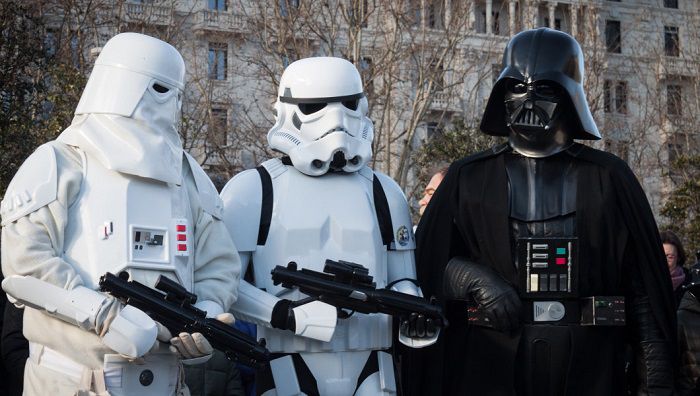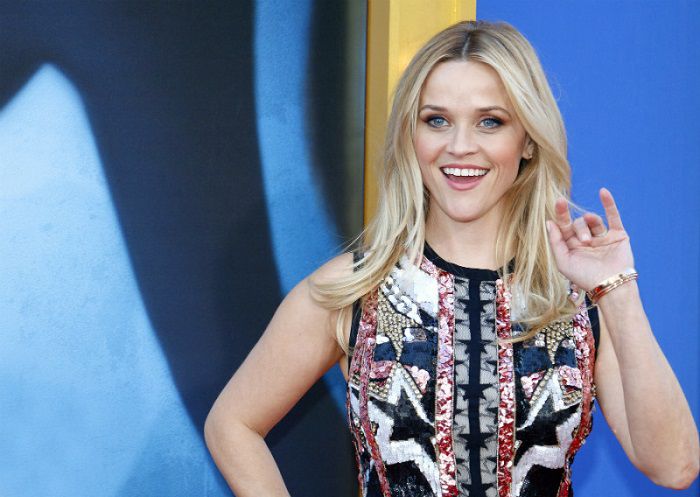You may have heard of the term, type cast. If an actor is a type cast it usually means that an actor or actress has something, whether their look or ability to portray the character type, that makes them an ideal individual to play that part. In turn, that causes them to be placed into that role over and over. And they enter the world of types of archetypes.
On one hand, this could be lucrative because they become well known and even sought after for those specific roles. On the other hand, maybe they do not particularly enjoy being in the same character roles over and over. Instead they want to expand their presence through other characters and present their full potential. Regardless of your feelings about it, you may want to learn more about typical characters that recur in a story line, or types of archetypes.

A Short Introduction to Archetypes
All types of archetypes can be found within every media. They are characters that have certain traits that exist as sort of a pattern we can relate to in ourselves or others personalities. Also, they are very relatable and this is why they are used in many stories. They help create a story because their behavioral patterns push them to act a certain way. So whether you are looking to fit a certain role and perfect it as your niche persona, or if you are looking to be well-rounded in your acting in order to avoid being type cast, this article will present some types of archetypes for you to consider.
8 Types of Archetypes to Learn from and Use
1. The Tragic Hero
During the time of ancient Greece, Aristotle was one of the first people to look at the types of archetypes present in literature and theater. As he examined Oedipus Rex, he noticed that the traits of the main character embodied a certain type of person. He came to call this archetype, the tragic hero. You can see the tragic hero recur in many Greek plays. You will see the tragic hero change through a story.
- In the beginning, they are usually haughty and insensitive because they have high status in some way.
- However, by the end of the story they have the ability to gain the audience’s pity because something happens to change his fortune for the worst and his attitude becomes much more modest and empathetic.
- He may have even found love.
- Many times the tale will end with the death and/or downfall of the tragic hero due to a tragic flaw on his part.
- To see examples you can read, The Death of a salesman or Macbeth.
2. The Hero
A favorite of many actors, the hero, unlike the tragic hero is one of the types of archetypes that you root for from the beginning. They are goodhearted and virtuous. You automatically are drawn to them because of their good nature and because they in one way or another have experienced a loss or have a sort of loneliness to contend with.
- The hero typically is the good fighting against the negative, injustices, or malevolence.
- Their struggle through the story shows some small failures and successes until they are able to reap their reward after restoring peace and balance to the story because of their ultimate success.
- Examples of hero archetypes can be seen in most films and plays. Specifically you can find one in, Beowolf and Frodo in Lord of the Rings.

3. The Mother
Another of the types of archetypes you will see often is referred to as the mother. This character type offers support and direction most times to the protagonist of the story. Though she does not have to actually be his mother, she will usually emulate a matronly individual and often will not have a backstory of her own.
- She is more of a supporting character and really serves no purpose other than adding to the protagonist’s character.
- She gives a way to help the audience connect even more with the protagonist and may even help develop his back story.
- A popular place to find this type of archetype is in fairytales. Examples include, Mother Goose, Mother Nature, and Glinda from The Wizard of Oz.
4. The Mentor
The mentor type of archetype is similar to the mother in the way that they offer advice and direction to the protagonist. However, the mother offers this with warmth from a maternal and loving place.
- The mentor is more of a teacher and will likely have the protagonist earn that knowledge through tough love and firm teaching, like a well-respected and well-meaning coach.
- They offer their teaching and advice more from their own learned skill and experiences.
- Examples for this type of archetype can be found in Mr. Miyagi from Karate kid or any wizard character such as Gandalf from Lord of the Rings.
5. The Villain
The villain is another one of the well-known types of archetypes. Often the most well-known next to the hero, the villain embodies the opposite of everything the protagonist stands for. Thus, the villain is often the antagonist.
- They are the character you want to see go down in the end, and hope they are conquered by the hero.
- They typically embody traits such as selfishness, greed, and anger.
- Moreover, they tend to be the main obstacle and work against every step of the hero in an attempt to cause failure to them on their quest.
- Examples of the villain type archetype can be found in most tales including, Jafar in Aladdin or Edmund from King Lear.
6. The Fool
The fool often embodies characteristics that provide the audience with comic relief. They exude ignorance, nativity, and innocence.
- Though their main focus in a story is to pull laughter from both audience and characters, they can also illicit feelings of pity when the storyline calls for it.
- There are cases where the fool grows as a character throughout the story because of the experiences he is going through. Thus, you may see them transform from the fool archetype into others, even as a hero.
- Examples of this can be seen in Journey to the West, Conquering the Demons where the main character’s sidekick often provides that comic relief and innocence.
7. The Damsel in Distress
In classic literature and historical plays you will see an abundance of this type of archetype. In more modern writing, female characters can still seem like a damsel in distress characters. But there are an abundance of other, stronger, and more independent female protagonist roles. However, the damsel in distress is still a popular archetype to include in a story line.
- The damsel often is in need of saving in one way or another.
- She is usually beautiful, fragile, and demure.
- It is often the job or ultimate goal of a hero to come to her rescue so that they can live happily ever after.
- Princess Peach in Mario Brothers or Daphne in Scooby Doo are both good examples of this type.
- Once again, there are deviations to damsel traits and even movies where she may start as a damsel in distress but change into a more independent character. Changing characters make them more interesting and creates a unique story line.
- In Spaceballs, the princess is ultimately a damsel in distress but has unique characteristics and personality traits that help create a more unique damsel.

8. Dumb Blonde
This is not really a classic archetype but is sort of a modern day spin on the fool. Often female and having good intentions, the dumb blonde creates comedy.
- She is often very beautiful, just not very smart.
- Though she has many short-comings when it comes to brains, she will redeem herself and usually by accident even save the day in some cases.
- Though this typical stereotype is usually a beautiful female, again, you can put an interesting twist on it by changing the character into male or having her find a niche where her qualities become very useful.
- Another way you can see a dumb blonde become something more, is by creating a story where that stereotype is expected of her but she does something to prove everyone wrong. A good example can be found in Legally Blonde.
That’s a Wrap!
As you can see, different types of archetypes have prevailed for centuries and remain relatable and useful in all forms of literature and film. They help an audience feel a certain way for certain types of characters. As an actor you may want to pursue perfecting one or two types so that you can gain an edge in your auditions. Other actors may want to familiarize themselves with all archetypes in order to maintain a well-rounded skill where they are less likely to become type cast. This is not an all-inclusive list but can give you a good start with some of the most recurring and popular archetypes.
What is your favorite archetype to play? Please leave any helpful comments below.
The images are from depositphotos.com.
